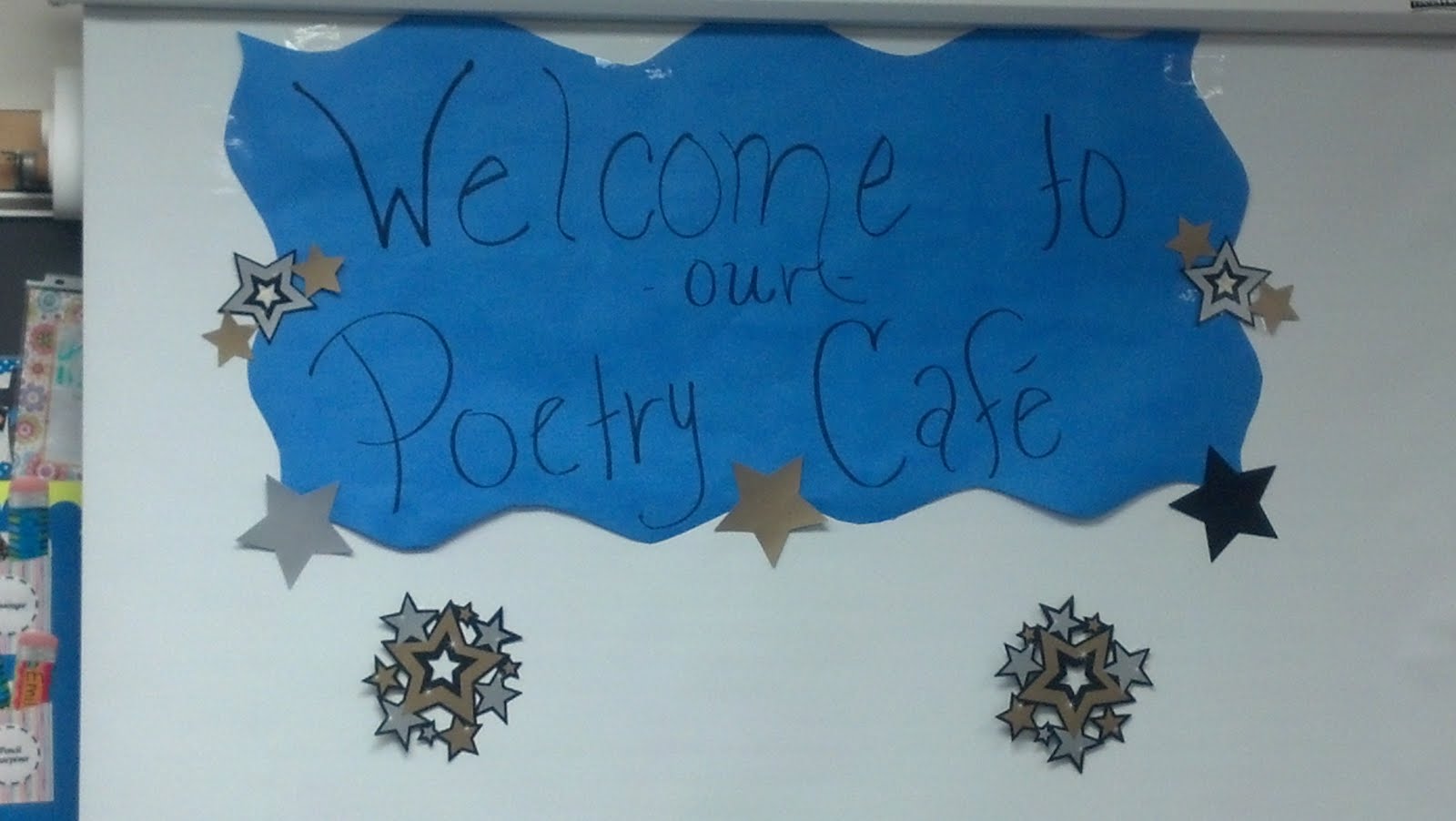 Animal Similes
Animal SimilesWhen I announce that we are writing animal poems, the crowd goes wild.
This poem came to me through the New York City Transit’s Poetry in Motion program. What could be better than reading this during your subway ride:
Hedgehog
He ambles along like a walking pin cushion,
Stops and curls up like a chestnut burr.
He's not worried because he's so little.
Nobody is going to slap him around.
Chu Chen Po (9th century)
Translated from Chinese by Kenneth Rexroth
The lesson:
We warm up with a Zen drawing exercise. Sounds fancy, but it’s simple and serves several purposes.
Each student has a piece of paper and a crayon or marker. The task is to draw an object (their own hands) in one continuous line – no picking up the marker once they start. To turn off that “inner critic,” we draw without looking at the paper. That’s hard! Everyone wants to peek.
The drawing isn’t the important thing here. We end up with squiggles, bumps, scribbles. But when I write on the board, “It looks like…” everyone gets excited. Suddenly, our scribbles look like camels, turtles, baseball mitts, coral, cacti, ghosts.
The purposes of this warm up: turning off the inner critic, using art intelligence (if you’re into MI), and using simile.

We compare seeing shapes in our drawings to seeing shapes in the clouds.
The kids start to understand that making similes is something they already do. Comparing things, even when they aren’t really the same (my hand is nothing like moose antlers), helps us make sense of the world.
The kids start to understand that making similes is something they already do. Comparing things, even when they aren’t really the same (my hand is nothing like moose antlers), helps us make sense of the world.
On to the poem. Before we read, we share what the students know about hedgehogs.

 hen we read and draw out the similes. I bring my pin cushion for those kids who don’t have one at home. It’s easy to see why “a walking pin cushion” is a good simile for a hedgehog. I’ve also got a little jar of sweet gum burrs, which we use in place of the chestnuts in the poem. T
hen we read and draw out the similes. I bring my pin cushion for those kids who don’t have one at home. It’s easy to see why “a walking pin cushion” is a good simile for a hedgehog. I’ve also got a little jar of sweet gum burrs, which we use in place of the chestnuts in the poem. T hese, I pass around for tactile learners. These items are prickly, round and small. The burrs are brown like a hedgehog.
hese, I pass around for tactile learners. These items are prickly, round and small. The burrs are brown like a hedgehog.
We also talk about the third line. The poet (1200 years ago!) compared a hedgehog to a type of person. I ask, “Do any of you know someone like this? A kid who might be small, but no one picks on her because she knows how to stand up for herself.” Many hands go up.
The last line – there’s so much to talk about in this little poem – we focus on the word “slap.” I ask students to hold up a hitting hand. Most of them make fists. We imagine how it would feel to hit a hedgehog. Ouch.
But the poet used the specific word “slap” on purpose. We open our hands like a slap and I watch the faces change. Students wince and say “ooowww.” The poet wanted us to imagine what those spikes touching our sensitive palms would feel like. It would hurt!
Next post: Animal Simile Writing Exercise

No comments:
Post a Comment